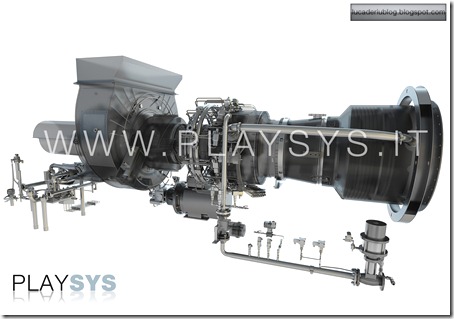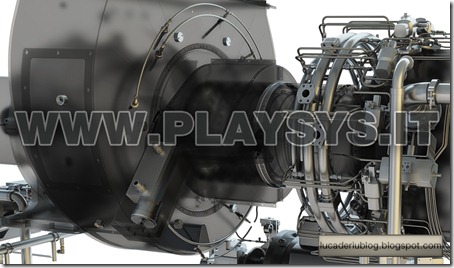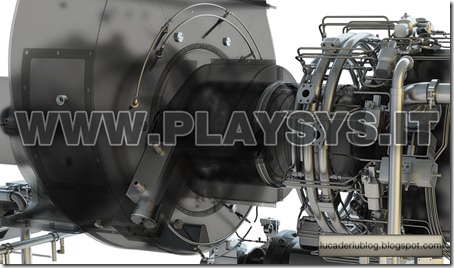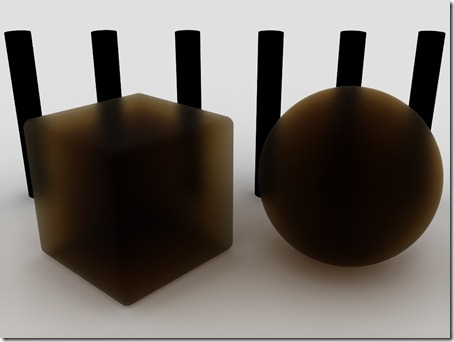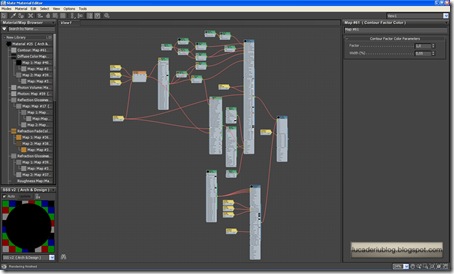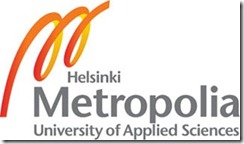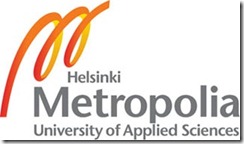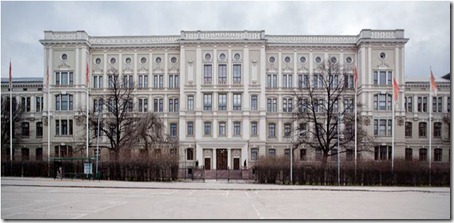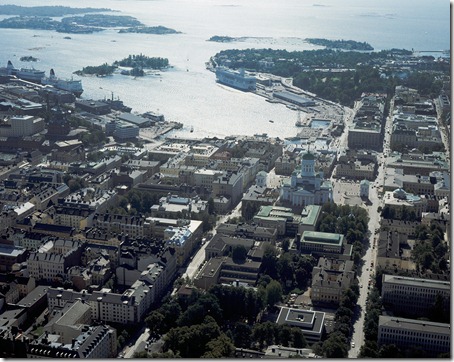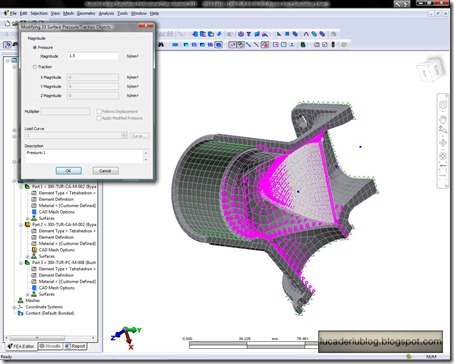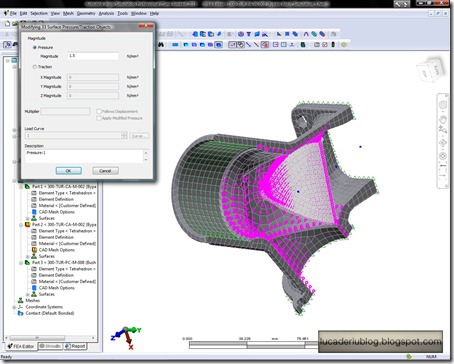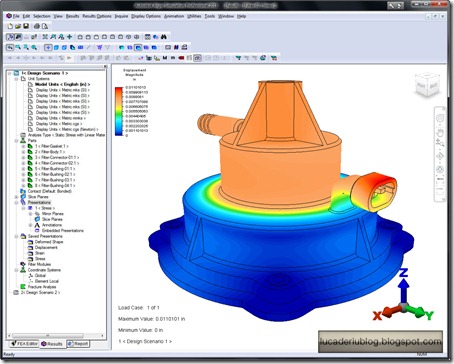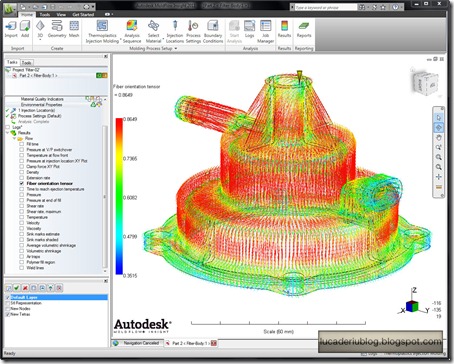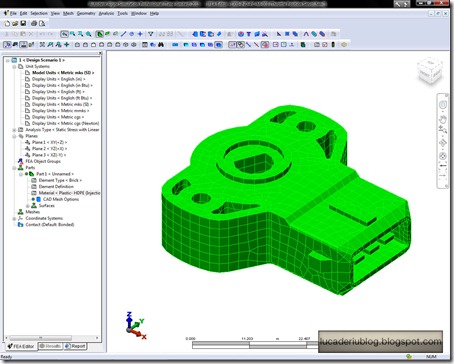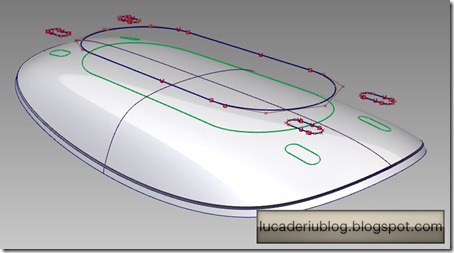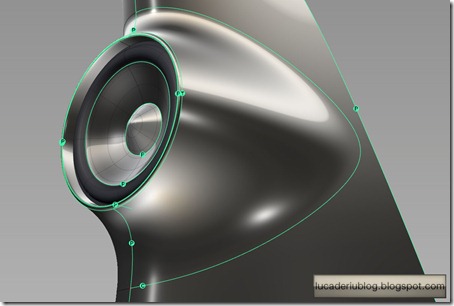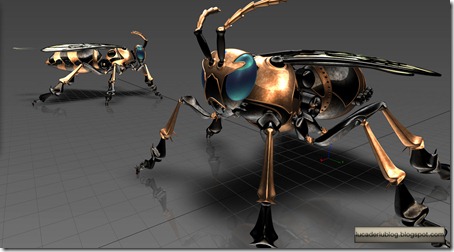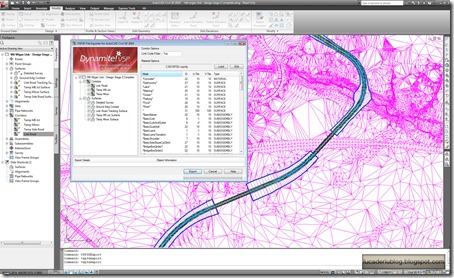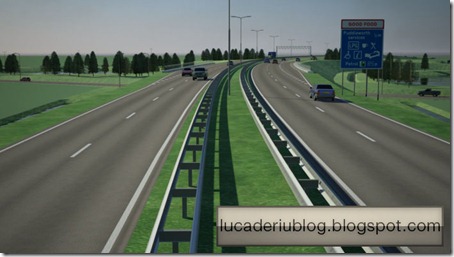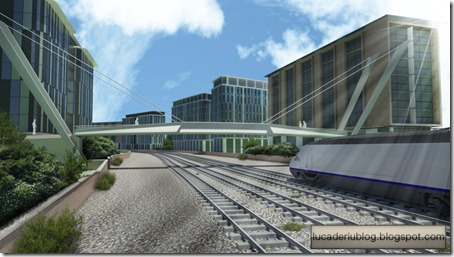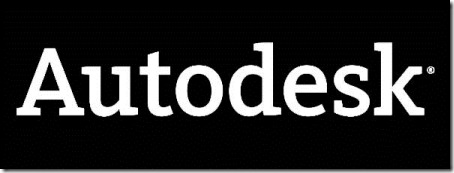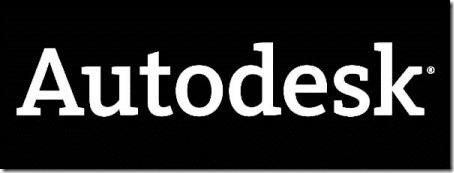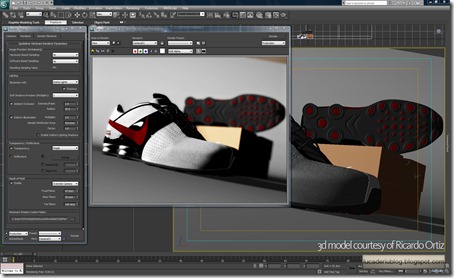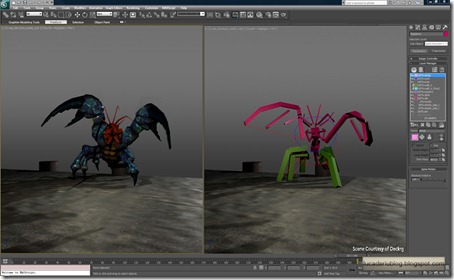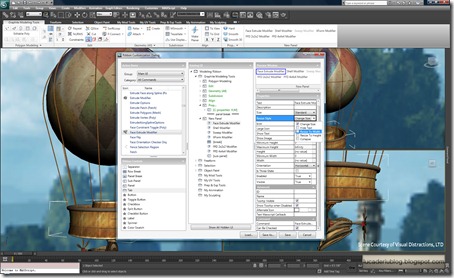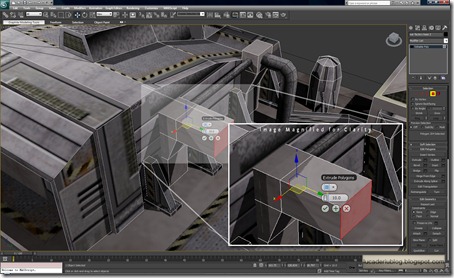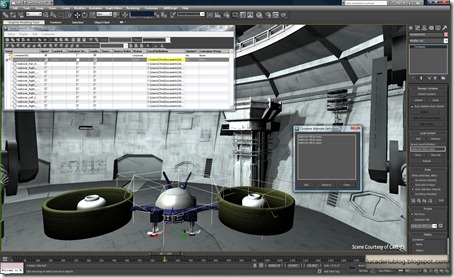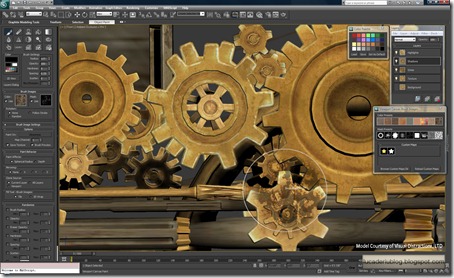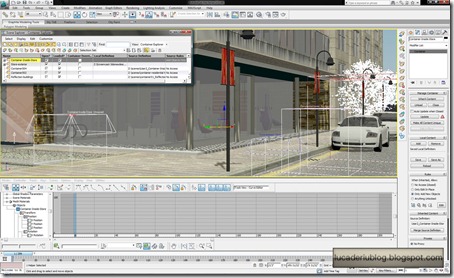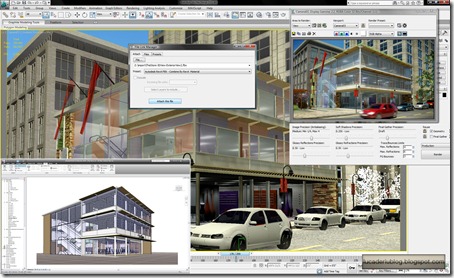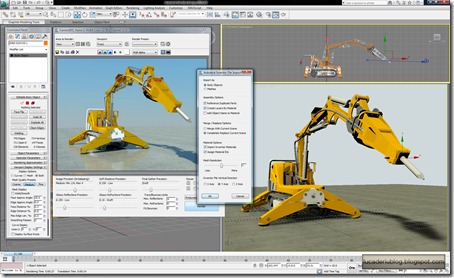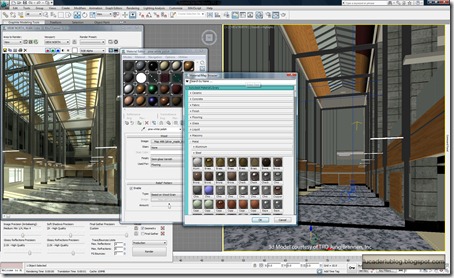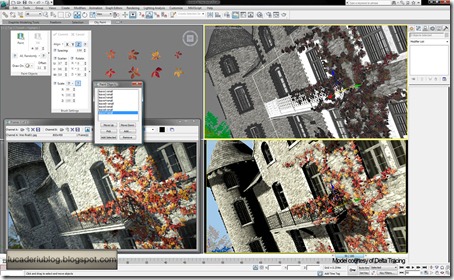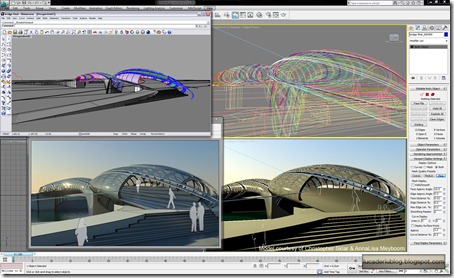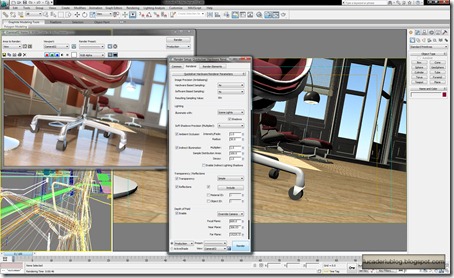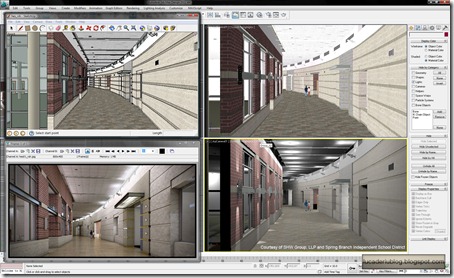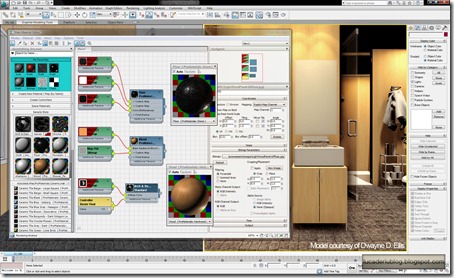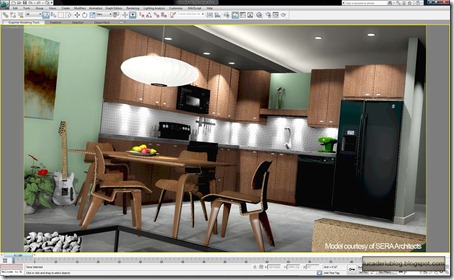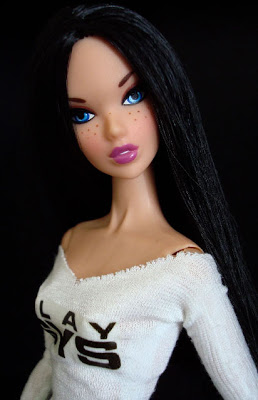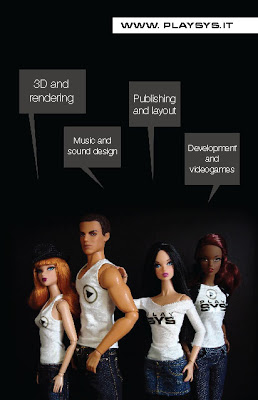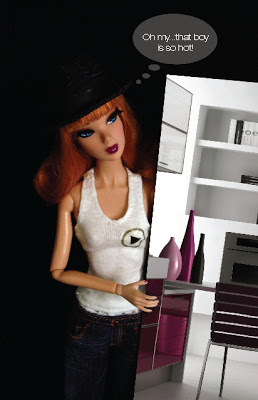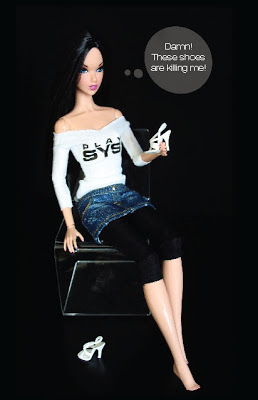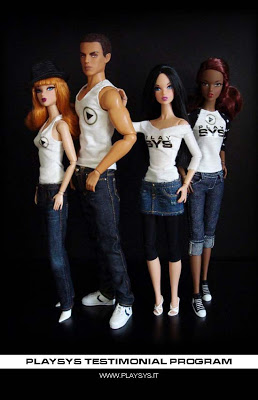Yes! we are online with a new website, social network, documents and mobile version.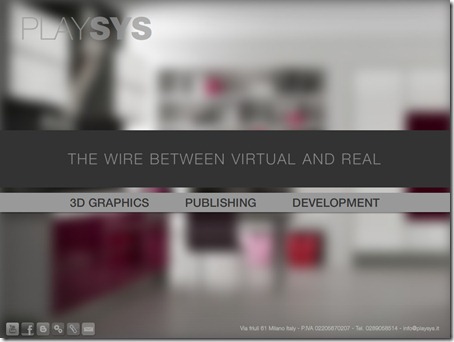
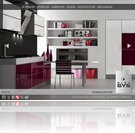
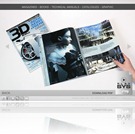
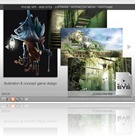
Main Web Site
The new payoff is clear and direct: The wire between virtual and real. What are these “wire”, “virtual” and “real”?
It’s simple: the wire is a link, a connection, a “bridge” that keeps constrained the virtuality and reality. The virtual is everything is done with the computer or every idea inside your head and the real…it’s Matrix 😉
Our work is to take your real idea and to construct a virtual project. At the same time, you can consider your idea a virtual concept, not yet realized…we can help you to make it real!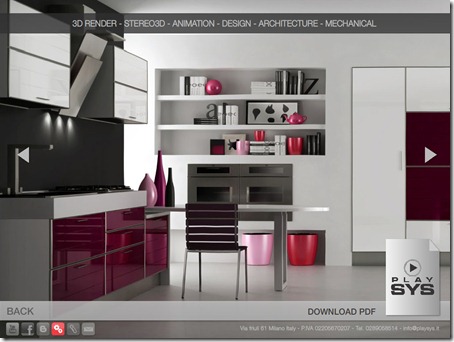
The web site is hosted on our www.play-sys.com. We have a index.php, that contains a device recognition and relative redirection to the proper html page. This is useful because iPhone, iPad and iPod Touch devices have some troubles with flash player.
The main page is constructed with Adobe Flash (player version 8 + Action Script 2). Our swf is inserted in the page, using Adobe Dreamweaver…simple, quick, cool.

The graphical idea behind the site is something clear, with little text, big renders and images. The site is English language only: who works in this business should speak it, and it sounds better than Italian.
We activated some extra sections:
PlaySys Tech
is a series of simple html pages that explains some technical things behind our work. Actually it’s in Italian because I started these pages some months ago, when we had the previous website version (the actual one is 5.3). Dunno if I’ll translate them, Italian language is better when speaking technical facts to Italian customers.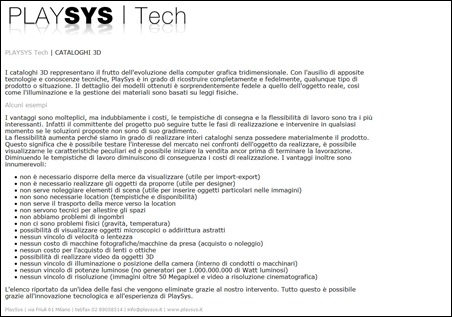
http://www.play-sys.com/playsystech/index.html
PlaySys Legal
This is really important, it’s the work done by our lawyer staff (that costed lot of money) and that guarantee our legal shield in the case of stolen data, pictures grabbing, pdf sharing, images extraction, watermark removal and so on.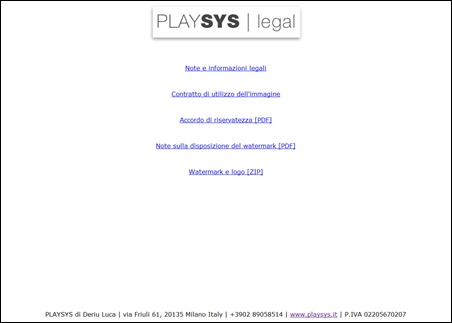
http://www.play-sys.com/legal/playsyslegal_index.html
Facebook Page
We created a Facebook page to connect all our friends and customers, and to let them discuss about us. This raise our “transparency” that is one of our most important aspects.
http://tinyurl.com/playsys-facebook
Youtube Channel
Of course a Youtube Channel is important to explain our projects, and to explain what we can do with CG. A video explains things better than thousand words.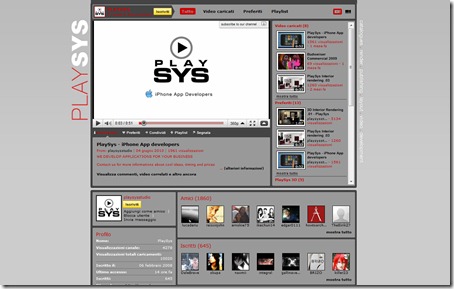
http://www.youtube.com/user/playsysstudio
PDF
Each section of our web site has a downloadable PDF file, that contains lot of images, descriptions and so on. Image extraction and PDF disassembly is strictly forbidden: they must be used for personal reference and for PlaySys future references.
http://www.play-sys.com/downloads/PlaySys_3D_Portfolio.pdf
http://www.play-sys.com/downloads/PlaySys_Publishing_Portfolio.pdf
http://www.play-sys.com/downloads/PlaySys_Development.pdf



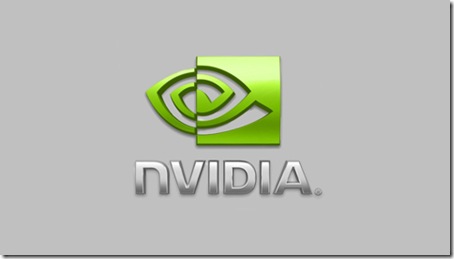 Finalmente, dopo un lungo periodo di ricerca e sviluppo, siamo in dirittura d’arrivo.
Finalmente, dopo un lungo periodo di ricerca e sviluppo, siamo in dirittura d’arrivo. 